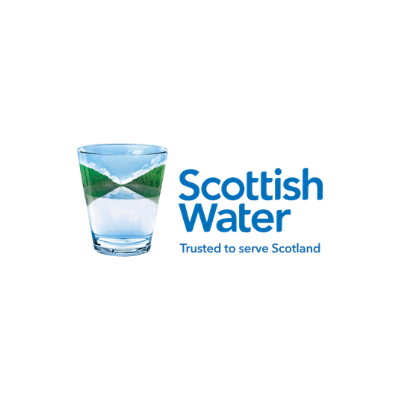Andy Page, Ruth Braysher and Holly Hudson of Cambridge University Press & Assessment discuss The Institute’s Professional Development.
Andy Page, Ruth Braysher and Holly Hudson of Cambridge University Press & Assessment discuss The Institute’s Professional Development.
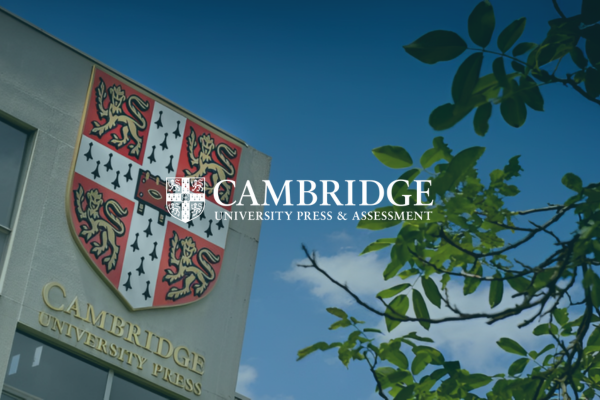
Watch the team at Unum share how the Professional Qualifications programme helps them develop key skills and capabilities and helped Unum put the customer at the heart of everything they do.
Participants:

Watch Andy Pymer, Executive Director of Finance and Regulation at Wessex Water, highlight how membership and ServiceMark with Distinction helped them achieve a high rank in Ofwat’s Customer Measure of Experience and Developer Services Measure of Experience league tables.
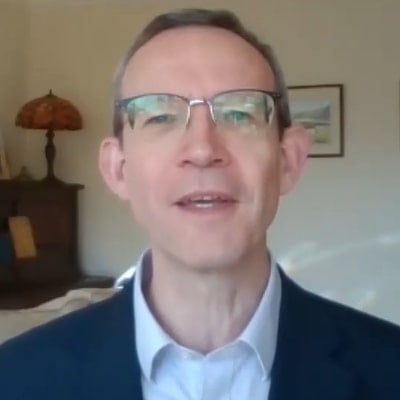
Watch Dean Anderson, Customer Experience Manager at Edinburgh Trams, share how ServiceMark and Professional Qualifications, among other membership benefits, have helped them consistently grow their customer base over the last 7 years, increase colleagues and customer satisfaction, reduce complaints handling and increase employee retention.

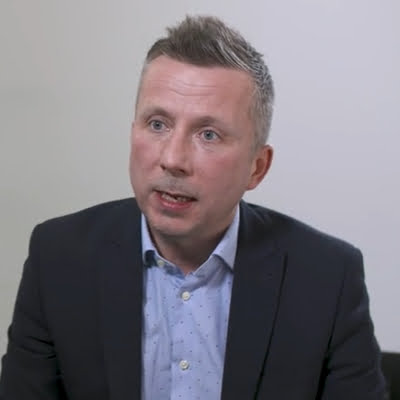
Opus’ Service Delivery Team discuss how The Institute has helped them drive a huge improvement in their customer satisfaction levels and boost their Net Promoter Score from around 20 to 50-60.
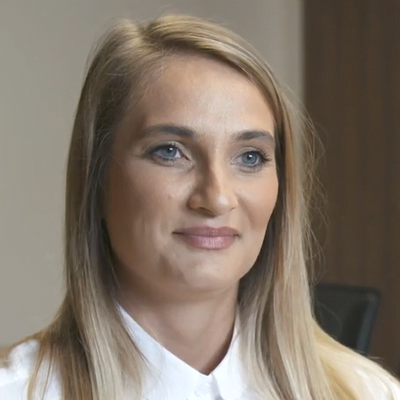
Peter Sinden and Heather Smith, from insurance firm LV=, talk about what the UKCSI and membership of The Institute means to them.
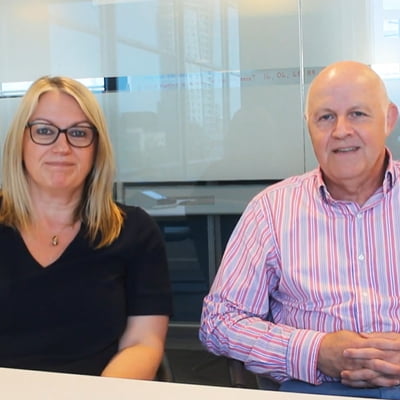
Carla Thomas, General Manager, Service Performance and Improvement, at Openreach explains why TrainingMark has delivered business impact for her organisation.
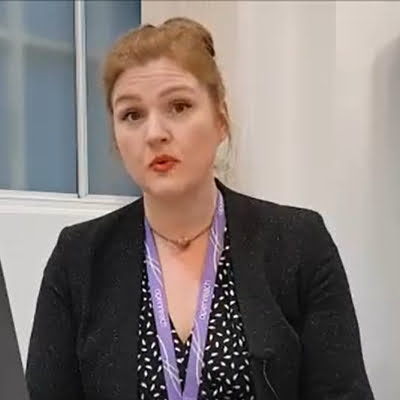
Helen Gorrell, Operations Director of Next Gear Capital explains how a customer service framework helped build an engaged workforce, drive up customer satisfaction, achieve accreditation and drive return on investment.
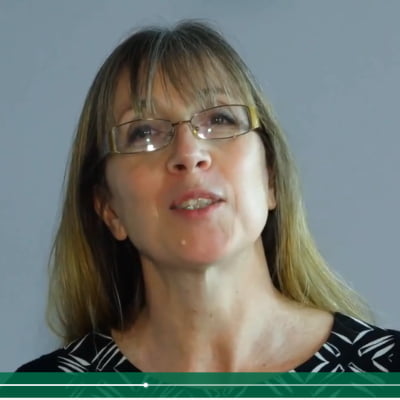
As the power behind energy efficiency, IMServ provides energy data and metering services to a range of customers. They include the energy suppliers, organisational energy users (companies) and energy management partners such as energy consultancies or brokers. Monitoring around 275,000 metering points remotely and covering 25% of the UK’s electricity consumption through its network, the company collects approximately 80 billion units of energy data per year. IMServ provides multi utility solutions, gas, water and electricity, with its key expertise within the electricity industry.
Headquartered in Milton Keynes with 350 employees, the company has been operating for 25 years now and is one of the leading players in the complex business of energy consumption data and analysis. The Energy industry is increasingly a highly competitive market, undergoing significant change, meaning that levels of customer service can be an important differentiator.
It was about five years ago that senior management at IMServ realised they needed to do more around the service agenda. Steve Brown, Managing Director at IMServ, explains: “We got to a point where we were conscious that our levels of both customer service and employee engagement were not where they needed to be. Anecdotal comparisons with competitors showed that we weren’t necessarily any worse than them, but we wanted to be better than the average of a mediocre bunch!” So it was that, in 2012, the company became members of the Institute of Customer Service and began to work towards ServiceMark accreditation.
“We were particularly keen to improve employee engagement levels because we understood the link between engagement and customer service and wanted to create that virtuous circle, which could then help differentiate us in the market,” Steve says. “So we were clear about what we wanted to do, but we didn’t have the framework to deliver it on our own.” The Institute and ServiceMark provided that framework. That was the real value add. The company achieved ServiceMark in 2013 and has recently been reaccredited for a further three years to 2020. Satisfaction scores have improved in both the Business Benchmark survey of customers (from 72.5 to 78.7) and the employee survey (from 79.6 to 80.6).
The process, which Steve describes as challenging, generated a number of key insights and changes. “We realised that we needed to shift the culture slightly because we had a very operational mind-set,” Steve explains. “But sometimes the customer doesn’t care as much about operational nuances as we think they do. They just want to know what their data shows, not so much the technical detail behind it. So it was about aligning our operational delivery with customer service more effectively.” There were also some significant internal changes that came about as a result of ServiceMark and the recommendations provided by The Institute as a result of its independent assessment. Firstly, in order to improve collaboration between teams, IMServ reorganised how the teams sat in the office to reflect the’virtual data production line’ of their services to the customer.
Secondly, they introduced a system of management business information boards that showed the KPIs for the operational teams and performance against them and started a schedule of regular team talks in which these boards were discussed. “This improved performance awareness and collaboration between teams,” Steve says. “Importantly, the KPIs were not the Board’s KPIs, they were derived by the teams themselves, according to what mattered in their own roles. So there was an empowerment process at play in giving staff the ability to shape what was measured and managed.
Another area of focus was on improving two-way communication with the company’s meter technicians and readers, remote workers who represent nearly one third of the workforce. “Their engagement scores were low. Improving their engagement also improved their efficiency, so there was a double benefit,” Steve observes. In addition to ServiceMark, the company has also undertaken some of the Institute’s ServiceFocus training programmes after learning and development came out with low scores in the employee surveys. IMServ has also appointed its own training manager to help in the development and delivery of training.
The result of all these efforts is that the company is now in the top quartile for service amongst its peers, meeting their original objective. “It’s not exaggerating to say that there has been a complete turnaround in employee engagement and customer satisfaction since we began the process,” Steve says. “We already had things we wanted to change, but working with The Institute has significantly helped us on the way and enabled us to really put a focus on it.
Working with our Client Development Director has helped us think differently and more broadly as a management team.” The payback of all these initiatives has been palpable. Having lost a major retail customer a few years ago because of service issues, they have recently won them back and the customer is very satisfied with service. IMServ hasn’t lost a major supplier or energy management partner in the last three years. “We grew revenue by 10% last year and it’s up 20% this year to date. It’s difficult to establish a precise link of course but I have no doubt that if you create that virtuous circle of engagement and service, it feeds off itself,” Steve says. The company now also runs two major projects every year, one on the customer side and one on the employee side. This year’s customer project is around installing a new CRM system and also dealing with complaints more effectively, while the employee project involves the company’s internal ‘WeEngage’ team running Food For Thought sessions to air any issues and ideas amongst staff.
“A few years ago if you walked around the office, you could sense that things could be improved,” Steve reflects. “Now, walking round you can sense an energy and a feel-good factor. We know we can’t ever afford to ease up, that if you stop continually emphasising service things can go backwards, but we’re certainly on the right path.”
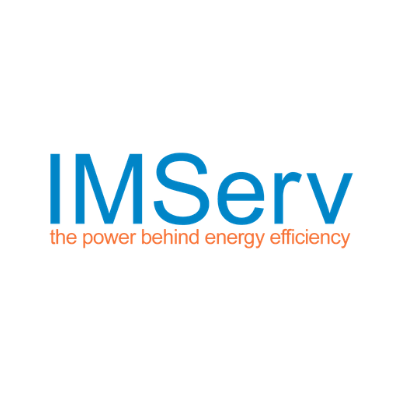
Watch Sandie Dunn, People Development Manager at Legal & General, highlight why customer service qualifications are important and how working with The Institute of Customer Service has helped the company improve its service levels.
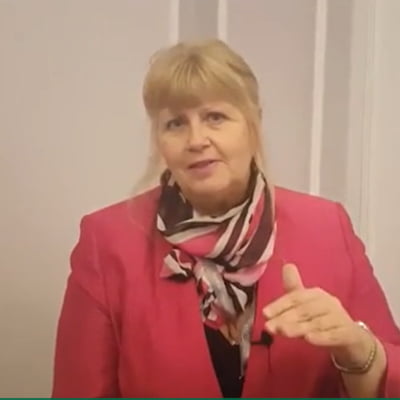
The company’s operations are extensive. It services some 2.4m domestic households and 160,000 businesses in Scotland. With a turnover of £1.2bn per year and employing around 3,750 staff, it is the fourth largest water company in the UK. With such a large customer and geographical base to cover (30,000 square miles), it is not surprising that Scottish Water has a very busy workload. It deals with, for example, around 40,000 sewer blockages a year. Service standards, therefore, are an absolute priority.
High aspirations, Scottish Water’s commitment to customer service is in part driven by its regulator, the Water Industry Commission for Scotland, who sets the service (and efficiency) standards that it must meet during each regulatory period. The company has in fact set itself even higher standards that it aspires to reach. It benchmarks itself not merely against other utilities but against other leading service providers in different sectors.
Peter Farrer, Chief Operating Officer at Scottish Water, who has responsibility for both operations and service, says: “Customer service is fundamental to what we do. We have proven that you don’t have to be a private company to deliver leading levels of service. We’ve also shown that, with the right focus, it is possible to drive up both customer service and operational efficiency at the same time.” The company has taken customer service seriously for a long time. Nine years ago, it introduced a ‘Customer Experience Measure’ whereby customers who have dealt with Scottish Water receive a survey asking for their views on their experience.
When this started out, it was done every six months to a sample of 1,000 customers. In the last few years, however, the company has significantly expanded this so that any customer interacting with the company receives a survey, sent to them by the same channel as they contacted the organisation through (phone, email, social media etc). Response rates are impressive, with around a quarter of surveys being completed, meaning that the company receives 1,000 to 1,500 pieces of detailed customer feedback every month.
This expansion of the Customer Experience Measure is one of the things that Peter Farrer has introduced since becoming a Board Director in 2009. But he has also deepened the level of information captured so that a customer’s satisfaction can be taken right down to an individual operator level in the contact centre or the field. League tables are produced at an individual, team leader and manager level.
“This has driven a real culture change. It’s one of the ways we’re doing things that not many other utilities are,” Peter explains. “Nobody wants to be at the bottom of the league table! But we don’t just use the information for coaching purposes around areas for improvement, we also use it for positive and motivational purposes, such as positive reinforcement when a customer praises an individual or team for great service. It gives us such a rich seam of information. We have recently introduced the Customer Experience Measure for businesses too.”
Another important facet of Scottish Water’s commitment to customer service is its membership of The Institute of Customer Service. Again, this is an area that Peter has driven significant changes to since becoming Chief Operating Officer. Scottish Water is in fact one of The Institute’s earliest members, joining in 1999. But for many years the company largely confined itself to working with The Institute on the training of its front end customer service staff.
Peter became a Board Member at around the same time as Jo Causon became CEO of The Institute. As one of The Institute’s largest members, Jo came to visit Peter early in her tenure. “We made a great connection,” Peter recalls. “I was very impressed by Jo’s passion and enthusiasm for improving standards of customer service, and I think she was impressed by our focus on it too.” Jo invited Peter to become a Vice President of The Institute. The Vice Presidents don’t sit on the Board itself but meet regularly in an advisory capacity. “Being a Vice President means that I rub shoulders with other senior executives from some of the best customer service organisations in the country,” Peter says. “We can share learnings and experiences, and I can take things back to try them at Scottish Water.
The company also makes much greater use of some of The Institute’s products and services such as the UK Customer Satisfaction Index (UKCSI), which surveys 10,000 individual customers of organisations across 13 sectors. The Institute has also provided an additional benchmark based on the responses of Scottish customers in the UKCSI. “Previously we didn’t utilise the UKCSI, but now it’s one of our fundamental business measures,” Peter says. “We use it as a means to benchmark ourselves not just against other utilities but against leading providers of other essential goods and services. Utilities are one of the poorest performing sectors in the UKCSI so we don’t want to just be the ‘best of a bad bunch’, we want to match the best, full stop. We have to be realistic though, because we’re always going to struggle against the likes of Amazon or John Lewis with whom customers have such regular interaction. That’s why we are targeting leading levels of service provided by other providers of essential products and services like Food Retail. Water is still a ‘silent service’ for many, but we’ve been doing pretty well, near the average across all 13 sectors. That’s good, though we still have further to go.”
The company has also achieved ServiceMark, a national accreditation awarded by The Institute, that recognises an organisation’s achievement in customer service – and was in fact the first large multi-site organisation to obtain it. Last year it gained re-accreditation. Peter reflects: “Whereas the UKCSI is in effect a lag indicator of how you have been doing, both ServiceMark and the employee survey ServCheck, are cultural indicators of how you’re performing. So they are really important to us too. ServiceMark, with its absolute scores that you have to meet, sets a high standard. We have also spent a lot of time with The Institute redesigning our various in-house training programmes for staff.” Another area the company has been involved in is The Institute’s forum on providing service to vulnerable customers. This has led to it linking up and working closely with electricity distributor Scottish Power Energy Networks. “That’s one of the many spin-offs at all levels from our involvement and participation with The Institute,” Peter says.
Results have been going well. When Scottish Water first featured in the UKCSI nine years ago, satisfaction using their own real time Customer Experience Survey tool was at 60%. Now, they are consistently hitting 90% or more. The ‘Your Voice’ employee survey meanwhile, which is run independently, has an 80% return rate with engagement scores improving from 50% to around 70% in the last five years. “I don’t think there’s any doubt that working with The Institute has had a fundamental impact on our progress,” Peter says. “The regulator plays an enormous role, setting the standards we have to meet, the hygiene factors if you like. But with The Institute we have awoken to the art of the possible, setting our own agenda on how far we want to push service standards over and above the regulatory targets. The Institute has held the mirror up for us and made us look across all of the other 12 business sectors too. They have given us some lightbulb moments.”
